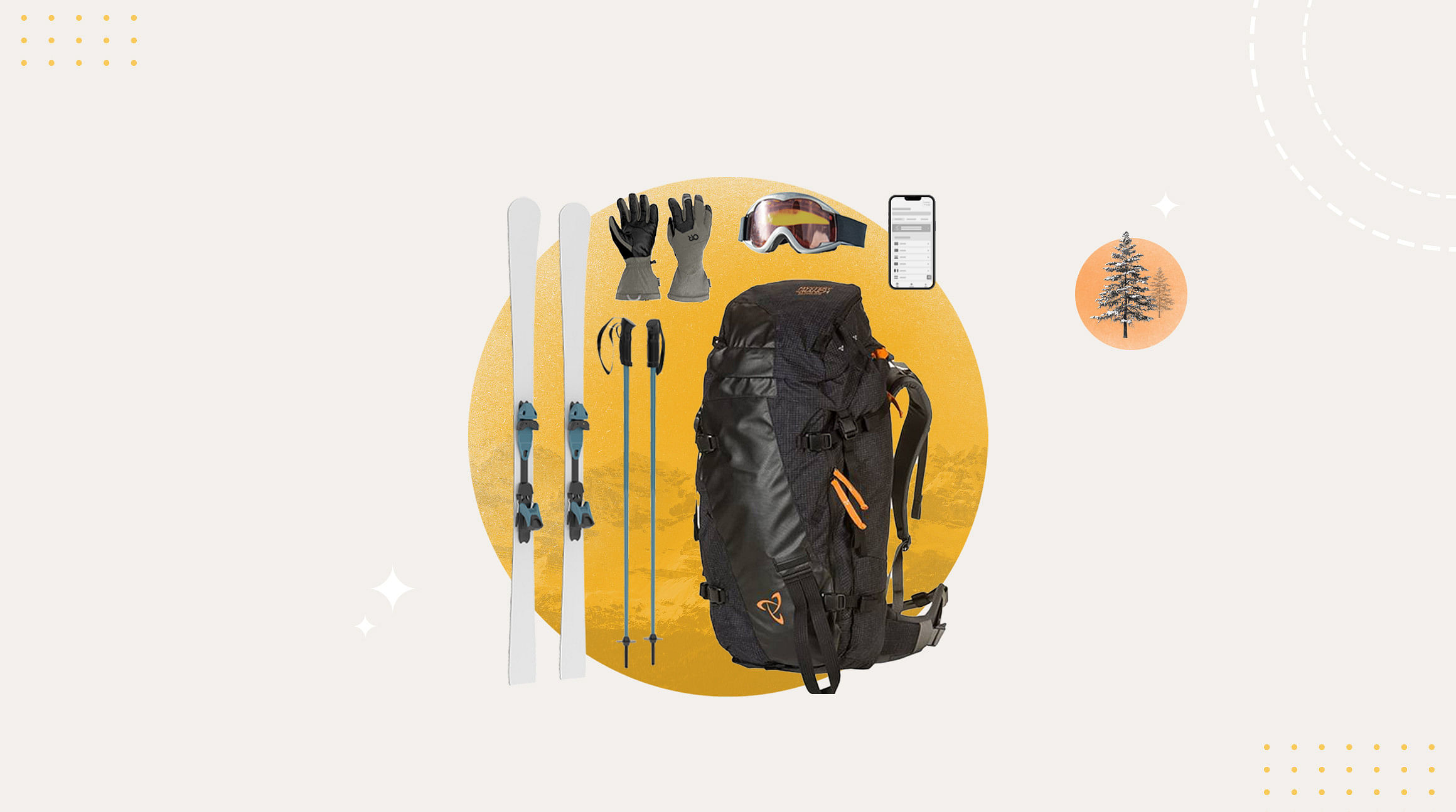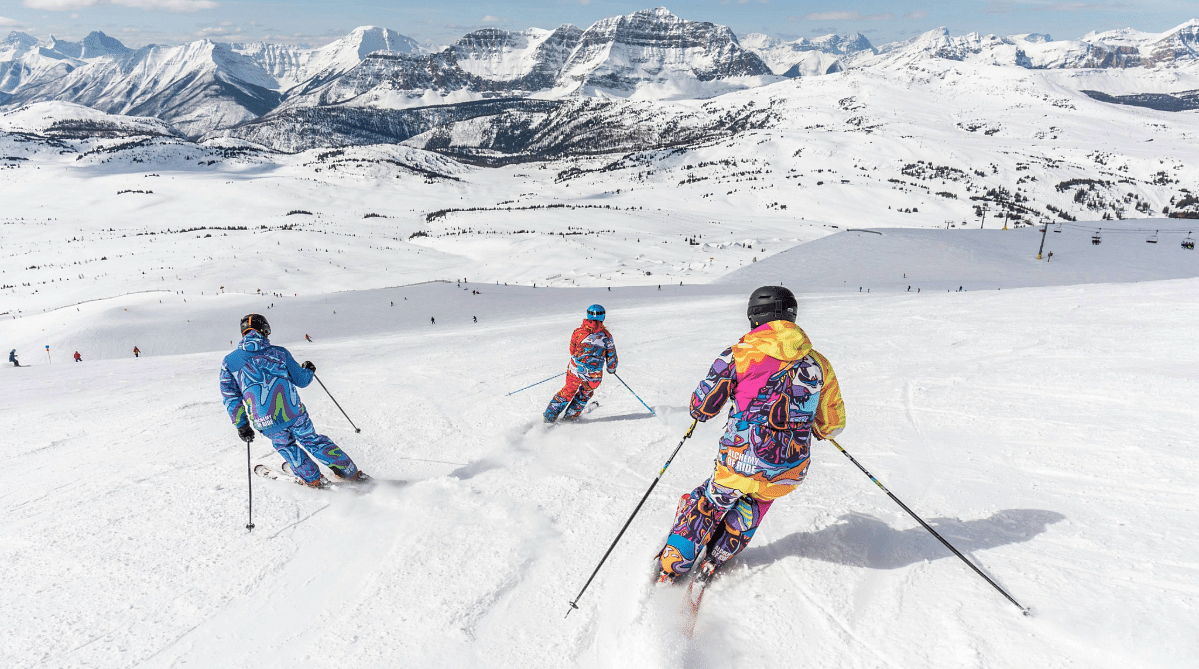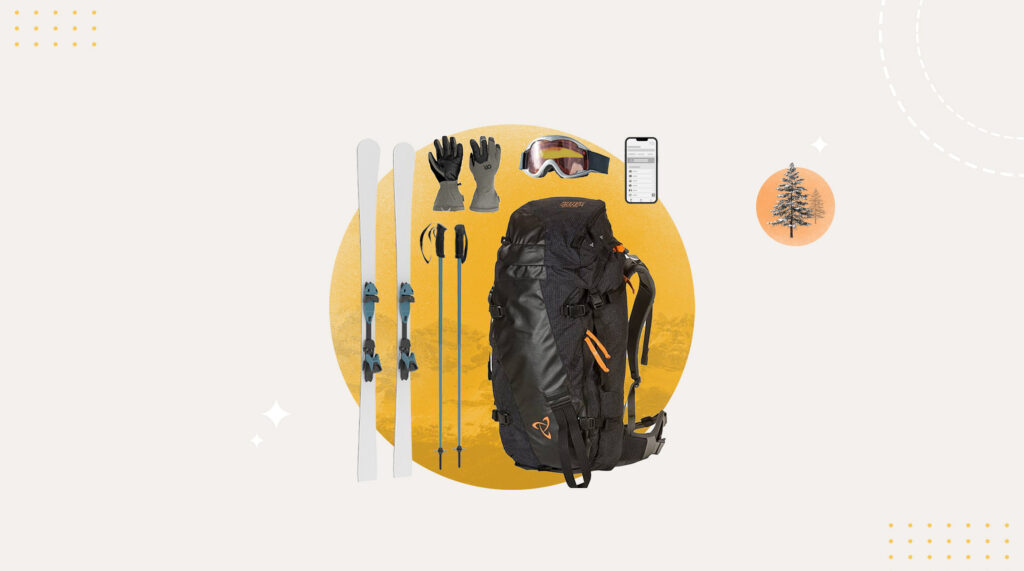No products in the cart.
Uncategorized
What To Pack: The Ultimate Ski Trip Packing List

Ski trips are a thrilling escape from our daily routine, offering breathtaking scenery and exhilarating adventures on the slopes. But before you embark on your snowy adventure, it’s crucial to pack the right gear and essentials to ensure a comfortable and enjoyable experience. In this comprehensive guide, we’ll walk you through everything you need to pack for a ski trip, from the essentials to the extras that will enhance your time on the mountain.
 Unsplash
Unsplash
What To Pack: Ski Trip Packing List
Here’s what to add to your ski trip packing list, whether you’re heading to your local mountain or an overseas destination like the Swiss Alps.
Outerwear
First and foremost, investing in high-quality outerwear is essential for a successful ski trip. You’ll need a waterproof and insulated ski jacket and pants to protect yourself from the cold, wind, and snow. Choose pieces that are both functional and stylish, ensuring they have proper insulation while allowing for freedom of movement on the slopes.
Layers
Layering is key to staying warm and comfortable in varying weather conditions. Opt for moisture-wicking and thermal base layers, such as long-sleeve tops and leggings, to keep your body heat locked in. Mid-layers like fleeces or sweaters provide additional insulation, and a versatile jacket for layering purposes is also a wise addition to your packing list.
Accessories
Don’t forget to pack skiing accessories that will enhance your experience on the slopes. Start with a warm and snug beanie or hat to protect your ears from the cold. A neck gaiter or scarf can also provide extra warmth and protect your face from windburn. Additionally, goggles that offer UV protection and anti-fog capabilities are a must-have to guarantee clear vision while skiing. Don’t overlook gloves or mittens designed specifically for skiing, as they’ll keep your hands warm and dry, allowing you to fully enjoy your time in the snow.
Footwear
Ski boots are usually available for rent at ski resorts, but if you have your own pair, make sure to include them in your packing list. Thick, moisture-wicking socks are essential for keeping your feet warm and dry while on the slopes. It’s also a good idea to pack some comfortable boots or shoes for après-ski activities or walking around the resort.
Safety Equipment
Prioritizing safety should always be a top concern when heading to the mountains. Don’t forget to pack a well-fitted helmet to protect yourself from potential accidents on the slopes. Additionally, consider bringing knee and elbow pads for an extra layer of protection, especially if you’re a beginner or planning to do tricks in the terrain park.
Skis, Poles, and Snowboards
If you own your own skis or snowboard, bringing them along can save you rental fees and ensure that you’re using equipment you’re familiar with (more on how to transport these overseas, below). However, keep in mind that transporting these items can be cumbersome, so if you don’t mind renting, take advantage of the convenience ski resorts offer.
Clothing for Off-Slope Activities
While skiing is the primary activity on a ski trip, there will also be time for relaxation, dining, and exploring the local area. Pack some warm and comfortable clothing for off-slope activities, including jeans or pants, sweaters or hoodies, and casual footwear. Layering is still important, as the temperature can drastically change once you step off the mountain.
Toiletries and Medications
Don’t forget your regular toiletries, such as a toothbrush, toothpaste, lotion, and any medications you may need. In colder climates, make sure to pack lip balm and a moisturizer to protect your skin from the harsh elements.
Passports and Identification
Don’t forget to bring your identification, passport, and any other travel documents required for your trip. Keep them organized and easily accessible in a travel wallet or pouch.
An eSIM for Seamless Connectivity
Staying connected during travel is crucial, especially if you’re heading overseas on a ski trip. But the last thing you want to do is search for a SIM vendor while you’re juggling your snow gear.
Enter the eSIM. It’s the easiest, most affordable way to keep connected during your trip. An eSIM is an embedded SIM that’s built into your device and works 100% digitally. Rather than insert a physical SIM card into your smartphone, you can purchase an eSIM online, install it in a few minutes, and instantly connect to a mobile network. No searching for a SIM vendor, fumbling with physical SIM cards, or worrying about surprise roaming fees during your trip.
Find an eSIM for your ski trip in the Airalo store.
 Unsplash
Unsplash
How To Pack Ski Equipment For Overseas Travel
Packing your ski equipment for this journey can present a unique challenge. From ensuring the safety of your gear to navigating airline regulations, there are important considerations to keep in mind.
Research Airline Policies
Before packing your ski equipment, check the specific policies of the airline you’ll be flying with. Each airline may have different regulations regarding the size, weight, and extra fees associated with sporting equipment. Some airlines may even offer special allowances or discounted rates for sports equipment. Being aware of these policies in advance will help you plan and avoid any surprises or last-minute adjustments at the airport.
Invest in Quality Ski Bags
Investing in a sturdy and well-padded ski bag is essential for protecting your equipment during travel. A ski bag will provide cushioning against any potential impacts and keep your skis or snowboard secure. Opt for bags made of durable materials to withstand the rigors of travel. Additionally, choosing a bag with wheels will make navigating airports and hotels much easier.
Prepare and Organize Your Skis or Snowboard
Start by giving your skis or snowboard a thorough clean before packing them. This includes removing any dirt, grime, or excess wax. Once clean and dry, fasten them together securely with adjustable ski ties or a snowboard strap. This will prevent them from shifting or getting damaged during transit.
Protecting Your Bindings
To protect your bindings from damage, place a layer of bubble wrap or foam padding around them. This extra padding will help absorb any shocks or impacts that may occur during handling. You can also wrap your poles in the same padding for added protection.
Packing Clothing and Gear
Use your ski bag wisely by utilizing the extra space it offers. Roll your ski socks, thermal base layers, and other soft accessories, and place them around your equipment. This not only saves space in your regular suitcase but also provides additional cushioning for your skis or snowboard.
Check Weight Restrictions
Be mindful of weight restrictions imposed by the airline to avoid excess baggage fees. Ski equipment can be heavy, so consider swapping out heavy items like your ski boots from your ski bag and packing them in your regular suitcase. Remember to distribute the weight evenly between your bags to avoid exceeding weight limits.
Insurance and Documentation
Don’t forget to check your travel insurance policy to ensure that your ski equipment is adequately covered against loss, damage, or theft. Keep all necessary documentation, including insurance details and receipts for your equipment, in a safe and easily accessible place.
There you have it! All you need to know to hit the slopes and stay connected.
Need an eSIM for your ski trip? Visit the Airalo website to find an eSIM for your destination.

